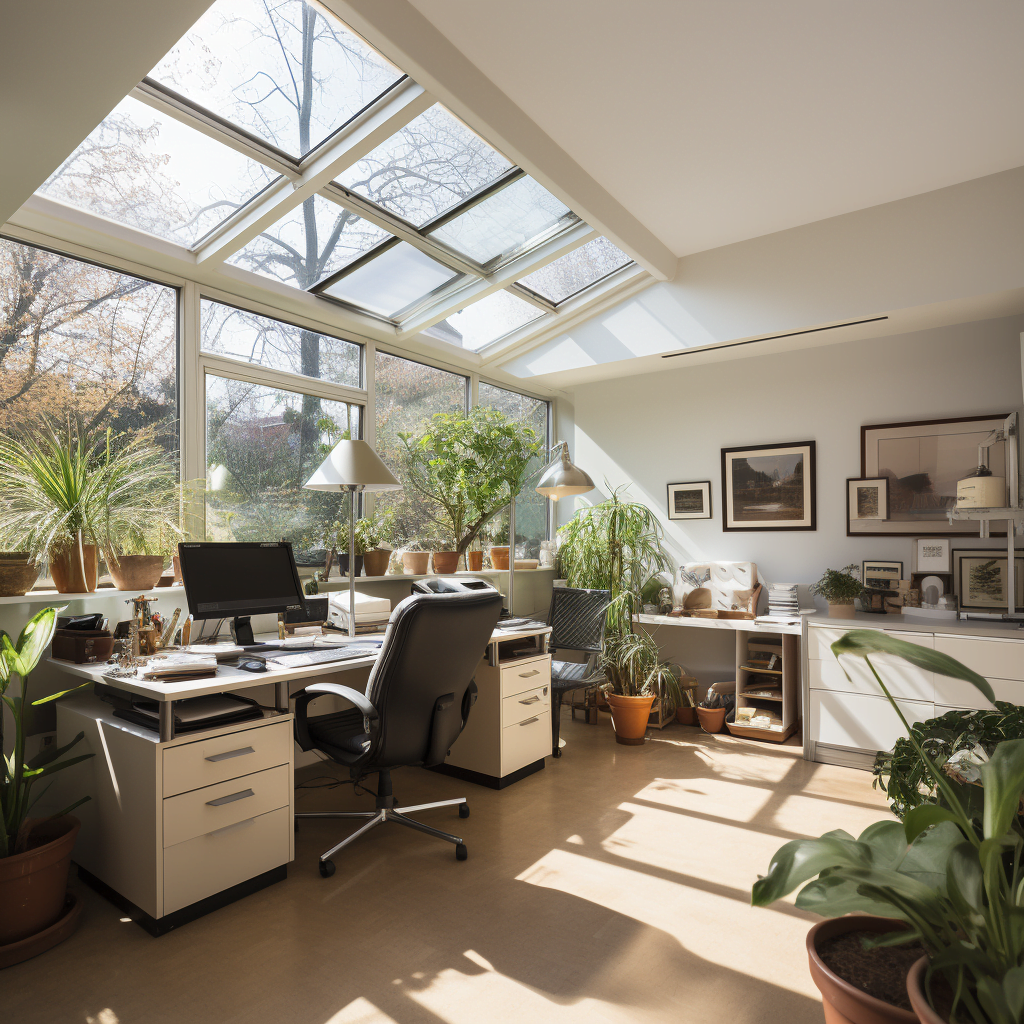Lighting Precision: The Artwork and Science involving Daylighting

In the world of architecture and urban planning, the significance of daylight online surveys is becoming more and more evident. As all of us strive for a lot more sustainable and efficient building designs, typically the role of sunlight surveyors emerges being a crucial element inside harnessing natural mild. These professionals meticulously analyze sunlight entry and distribution, ultimately causing better-informed decisions that can transform the approach spaces are created, built, and inhabited. With the challenge of maximizing sun light in densely inhabited urban environments, typically the insights provided by daylight surveys will be indispensable.
The importance of these surveys extends beyond mere aesthetics; they have a profound impact on energy efficiency, resident wellbeing, and complying with various creating regulations. From improving indoor air quality to preventing overshadowing in crowded regions, daylight surveys serve as a helping beacon for can be, developers, and organizers alike. As metropolitan spaces continue in order to evolve, the artwork and science involving daylight surveying offer valuable tools to be able to create environments of which are not just functional but furthermore promote health and durability. Understanding these concepts can lead in order to innovative solutions that will make by far the most regarding our natural sources.
Importance of Daylight Surveys
Daylight surveys perform an important role inside the design in addition to construction of structures, as they evaluate how natural light treats spaces. These types of assessments help can be and planners realize the accessibility to sunlight in their designs, ensuring that spots are bright and inviting. By assessing the sunlight exposure and even the possibility of overshadowing, daylight surveys help informed decision-making that enhances both aesthetic appeal and efficiency.
Including daylight surveys directly into the design process also contributes considerably to energy efficiency. Buildings that maximize the use of natural light can reduce their dependence in artificial lighting, causing in lower vitality consumption and costs over time. This particular shift not just benefits property masters economically but also aligns with sustainable developing practices, which can be increasingly prioritized in contemporary architecture and downtown planning.
Moreover, the effect associated with daylight surveys extends beyond energy personal savings. They are important for occupant well-being, as research has shown that entry to natural light can easily improve mood, output, and overall health. Simply by ensuring adequate sunlight in residential, business, and public spaces, daylight surveys give rise to creating environments that are conducive to both mental and actual wellbeing, leading to be able to higher satisfaction in addition to engagement among residents.
Advantages of Daylight Research

Daytime analysis offers many advantages that considerably boost the design plus functionality of structures. One of the primary benefits will be the capability to improve natural lighting, which usually reduces the dependence on artificial lighting and subsequently lowers energy consumption. Simply by understanding how sunlight treats a space, architects and creative designers can create surroundings that are not necessarily only energy-efficient but also visually interesting, leading to some sort of more sustainable strategy to building style.
Additionally, daylight analysis performs a crucial position in improving resident wellbeing. Access in order to natural light have been linked to several health rewards, including increased mood, improved output, more enhanced overall mental and physical health. Making sure Right Of Light Surveyors Ireland that places managed with adequate daylight access, builders can foster healthier residing and working circumstances, which is why they are concidered more interesting to potential occupants and increasing the value of qualities.
Moreover, the impact of daylight analysis extends to be able to urban planning plus development. It helps avoid overshadowing and ensures compliance with preparing permissions that prioritize light access for buildings and general public spaces. By integrating these assessments into the planning levels, developers can reduce conflicts between nearby properties and help the creation of attractive, well-lit urban surroundings that benefit the community as a whole.
Daylight Surveying Techniques
Daylight surveying uses a variety regarding techniques to precisely assess the accessibility and quality of natural light in the given space. 1 common technique is the use of sunshine path diagrams, which in turn illustrate the trajectory from the sun throughout different seasons. These types of diagrams help surveyors visualize how sunshine will interact along with a building's style and its surrounding environment. By understanding the sun's movement, daylight surveyors can predict areas that can receive ample lighting and those that may experience shading or perhaps overshadowing from adjacent structures.
Another technique could be the use of daylight factor calculations, which in turn quantify the amount of natural light penetrating a area compared to obtainable outdoor illuminance. These types of calculations assist within understanding how design choices, for example window location and size, influence indoor light degrees. By utilizing established requirements and guidelines, such as the Constructing Research Establishment's daylighting guidelines, surveyors offer valuable insights of which inform architects and developers on exactly how to optimize light access in their patterns.
Moreover, advanced submission software tool have got revolutionized daylight surveying by permitting complex simulations of light circumstances within a place. Programs that unit daylight performance offer a three-dimensional view of how changing elements, for example landscaping and nearby structures, affect lighting availability. These technology enable surveyors to make more precise and even comprehensive reports, giving a foundational source of making informed design and style decisions that prioritize natural light plus occupant comfort.
